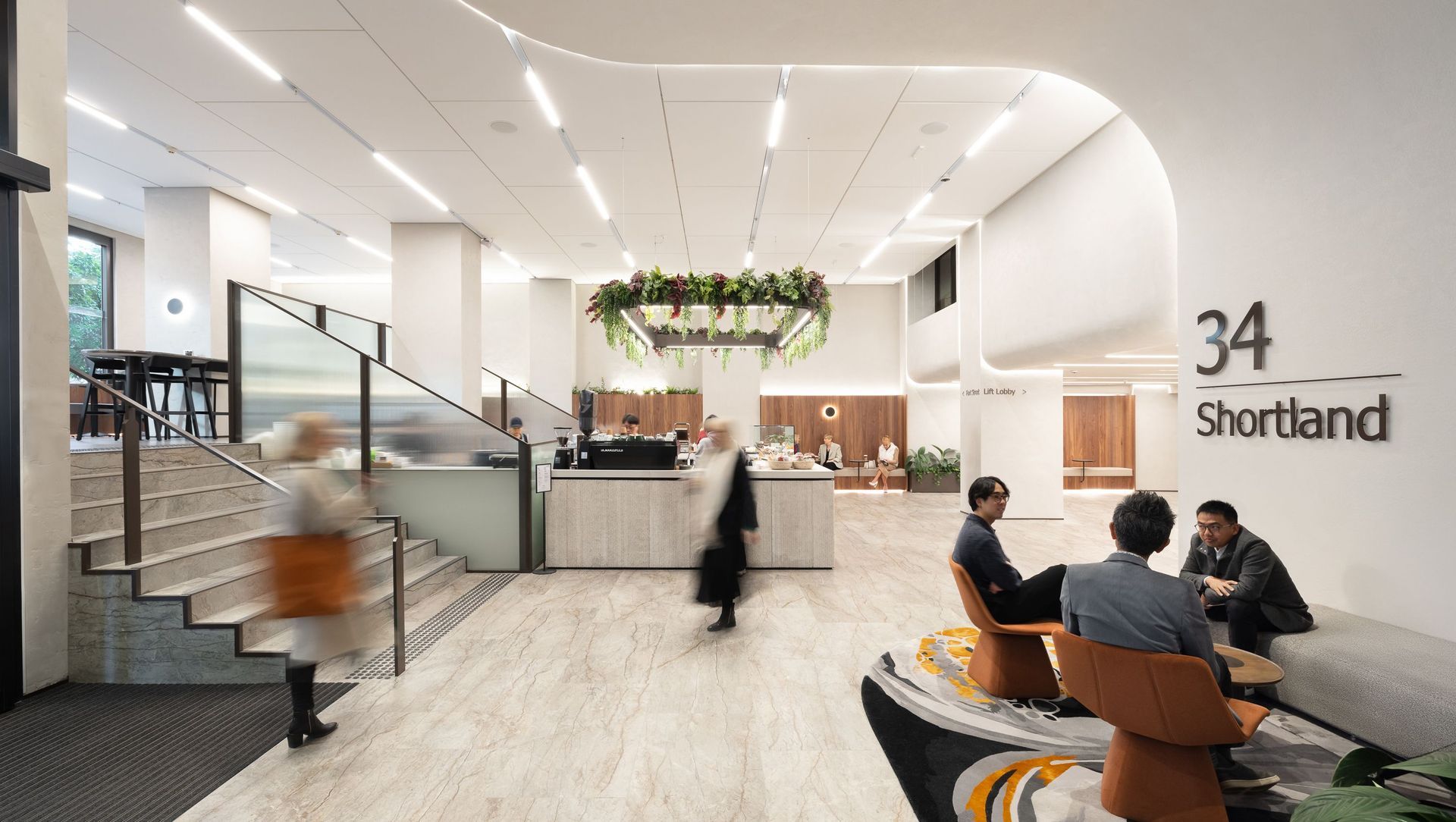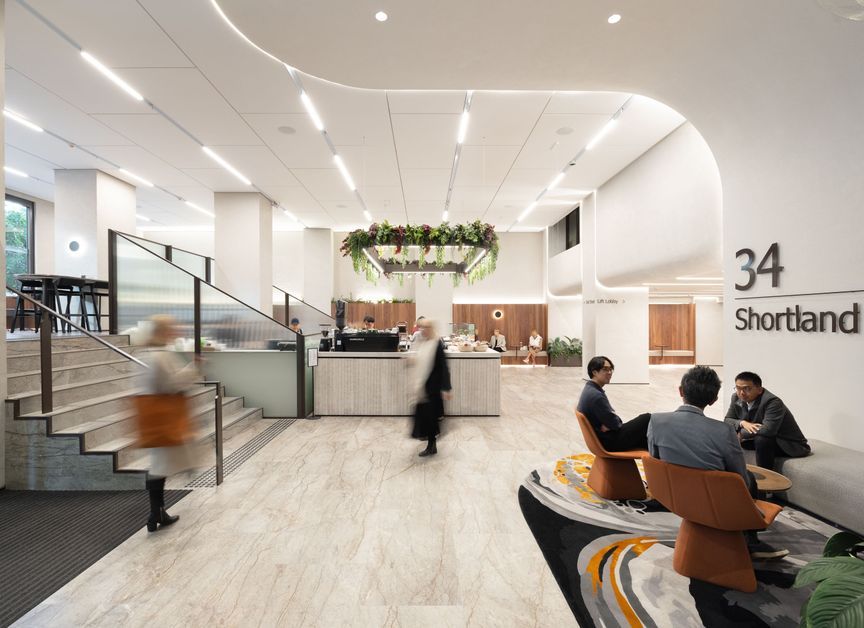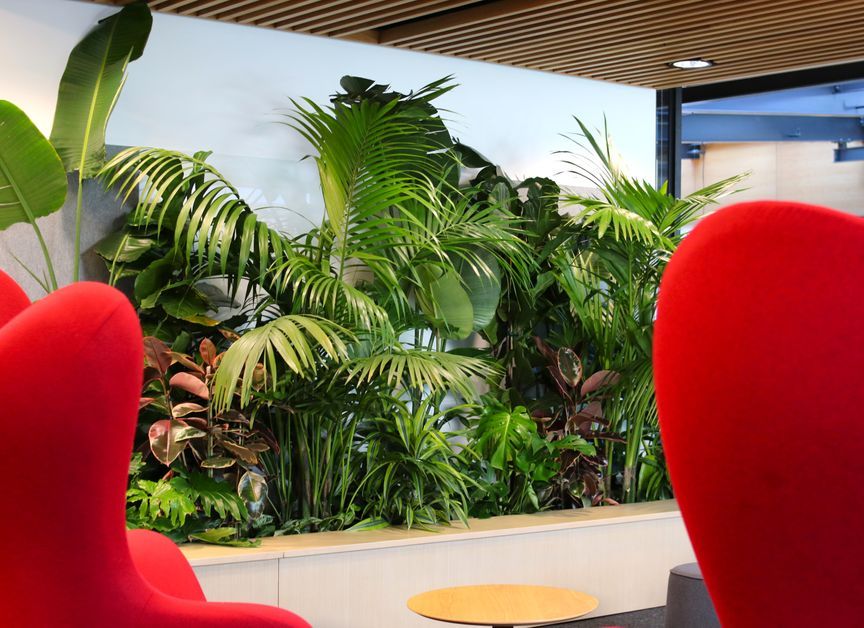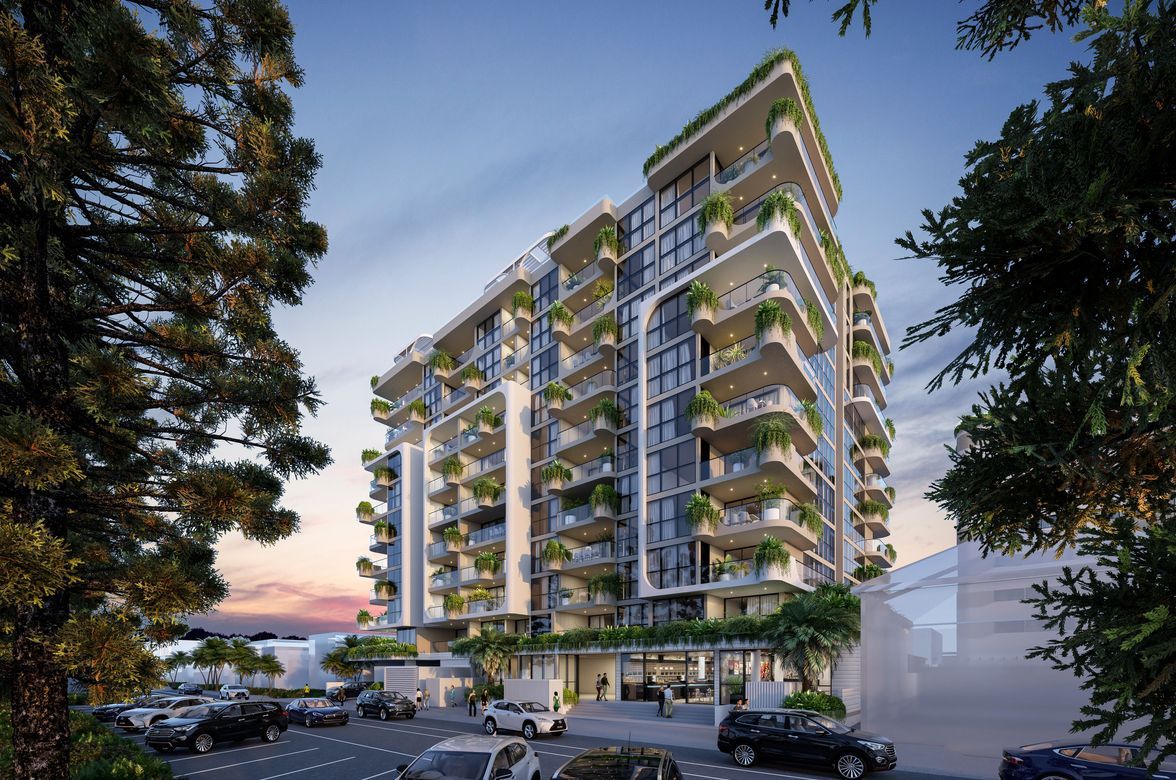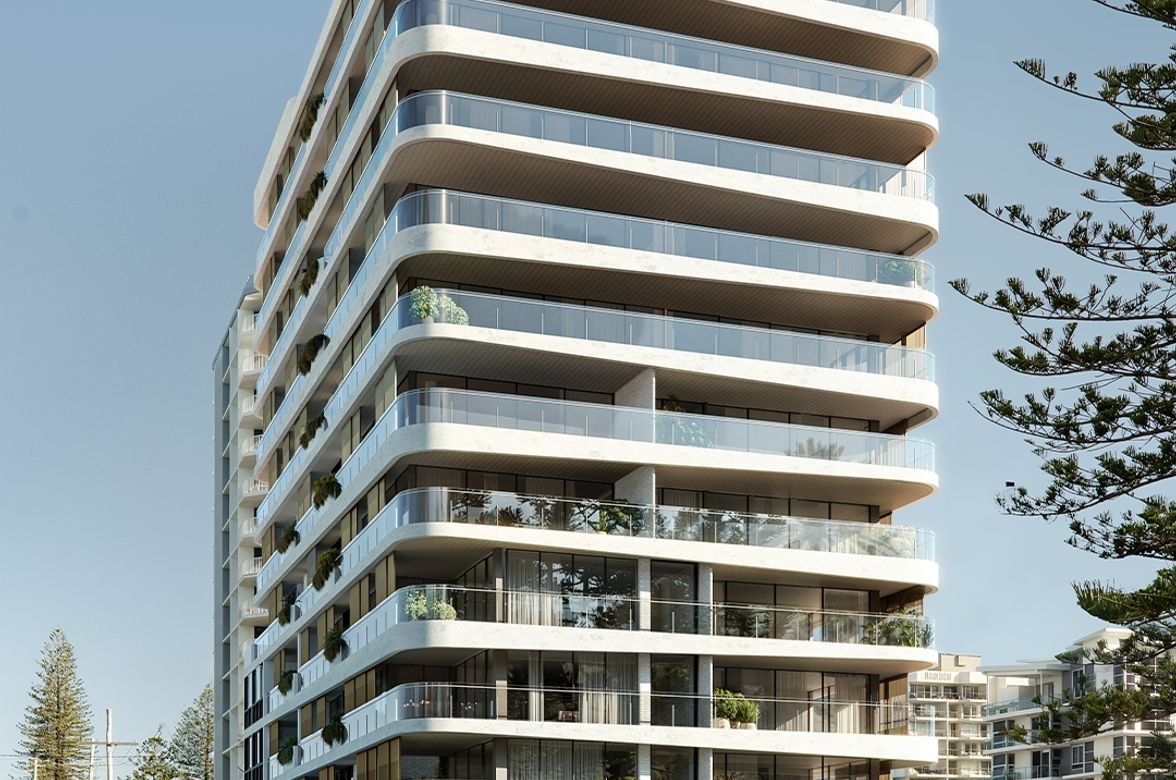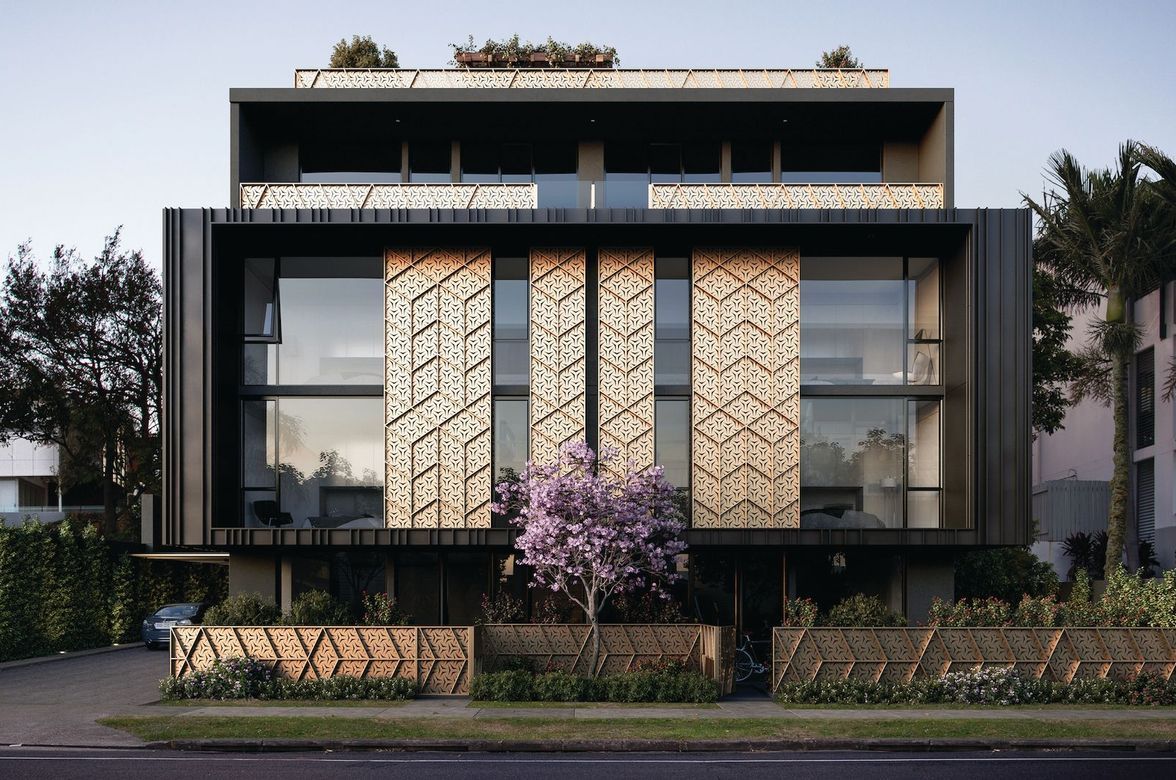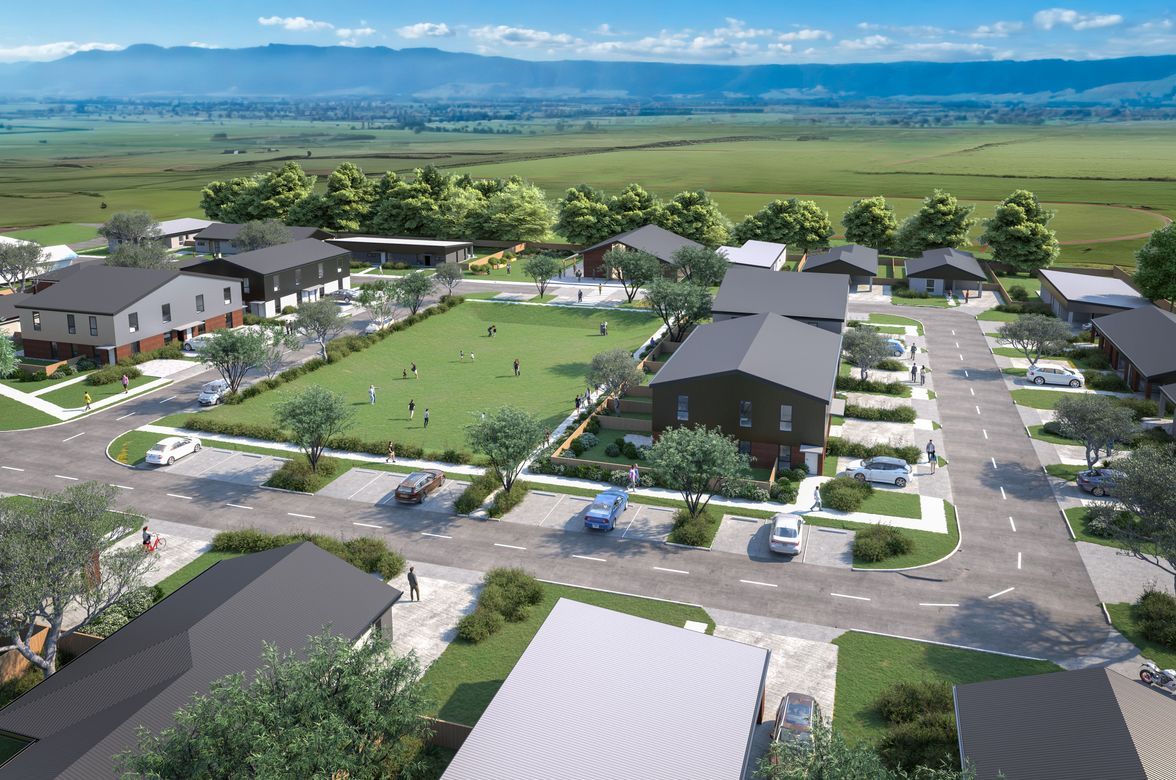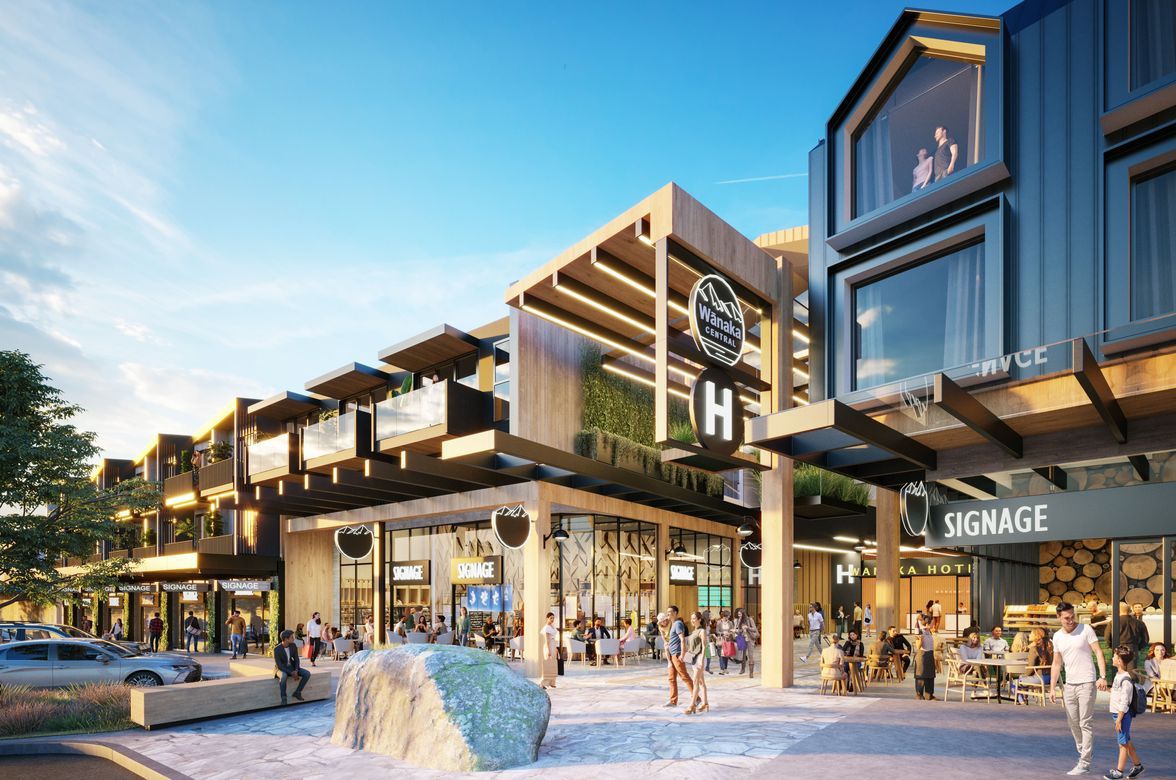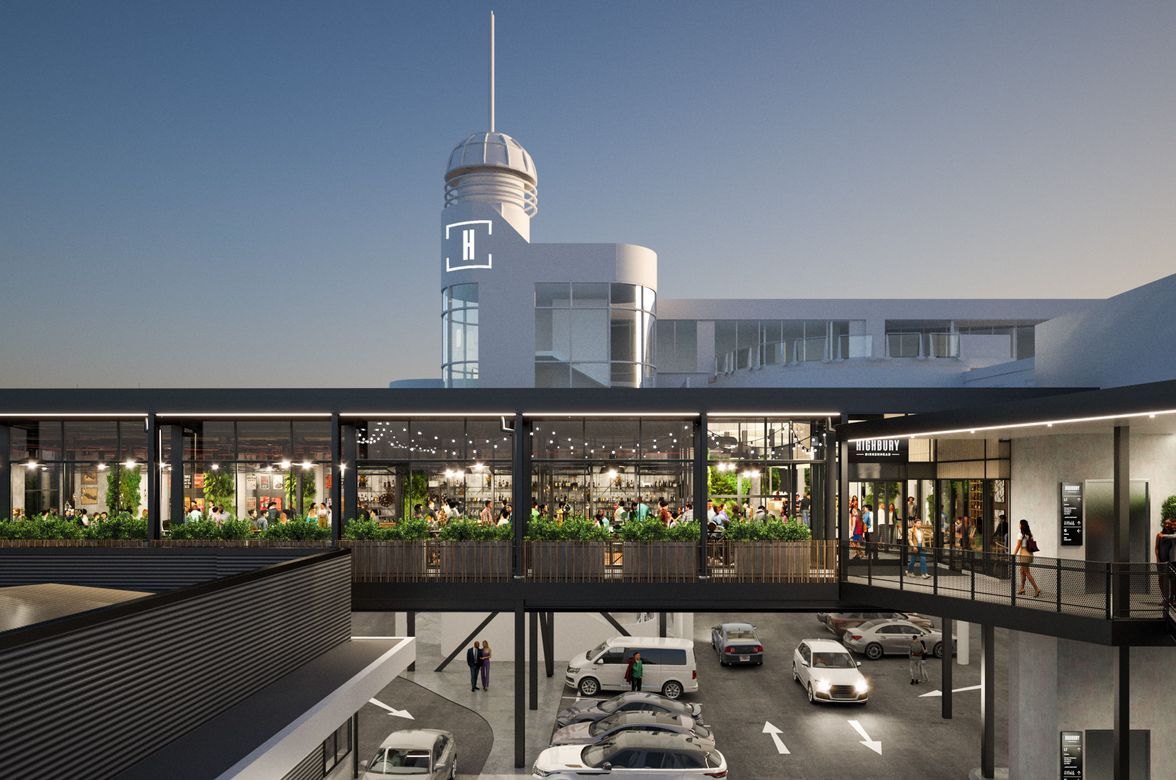About
34 Shortland Street.
ArchiPro Project Summary - A transformative refurbishment of 34 Shortland Street, blending modern design with enhanced amenities to revitalize Auckland's CBD, completed in 2024 for Stride Property Group Limited.
- Title:
- 34 Shortland Street
- Architect:
- Cottee Parker
- Category:
- Commercial/
- Interiors
- Region:
- Auckland Central, Auckland, NZ
- Completed:
- 2024
- Building style:
- Modern
- Client:
- Stride Property Group Limited
- Photographers:
- Giona Bridler
Project Gallery

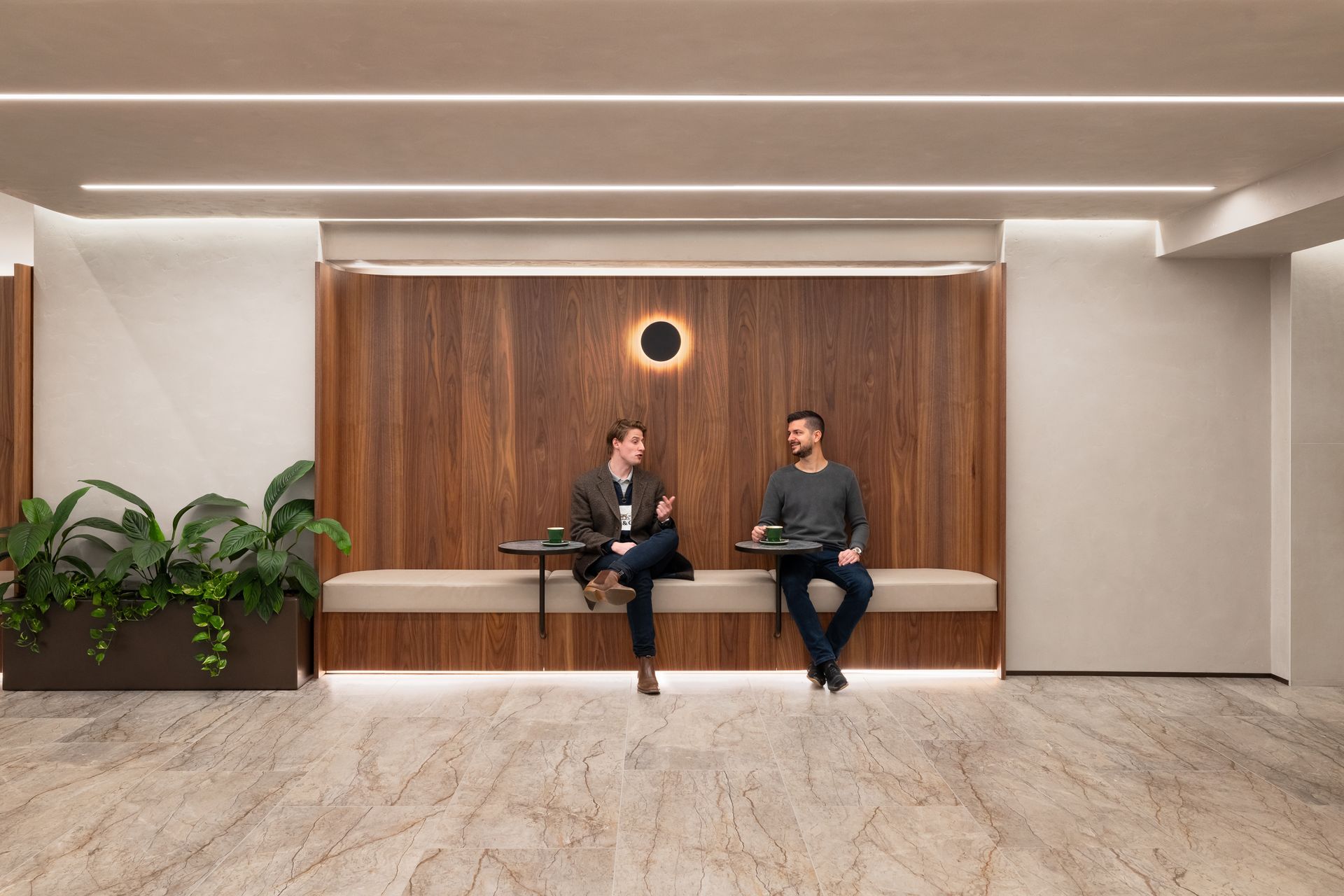
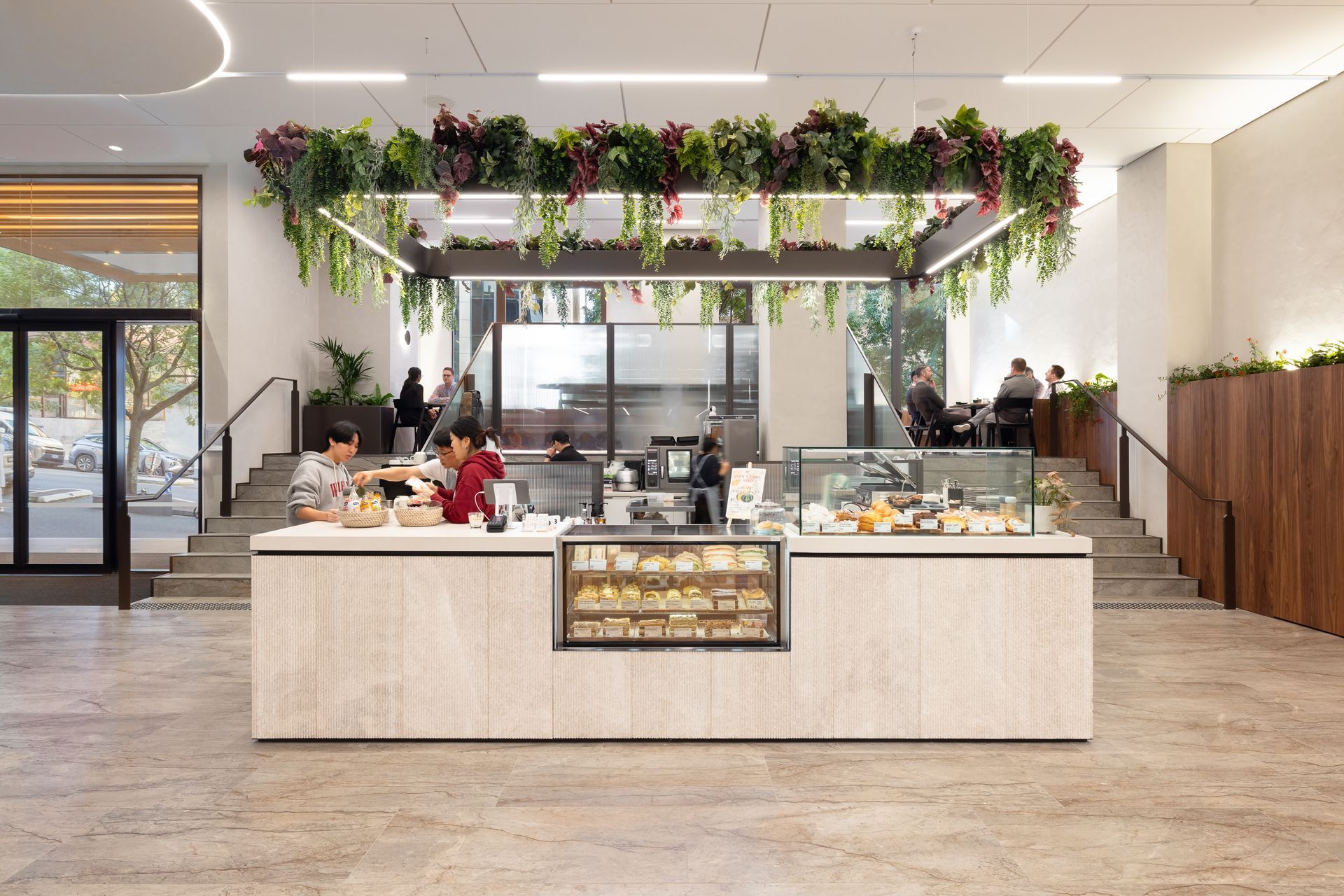
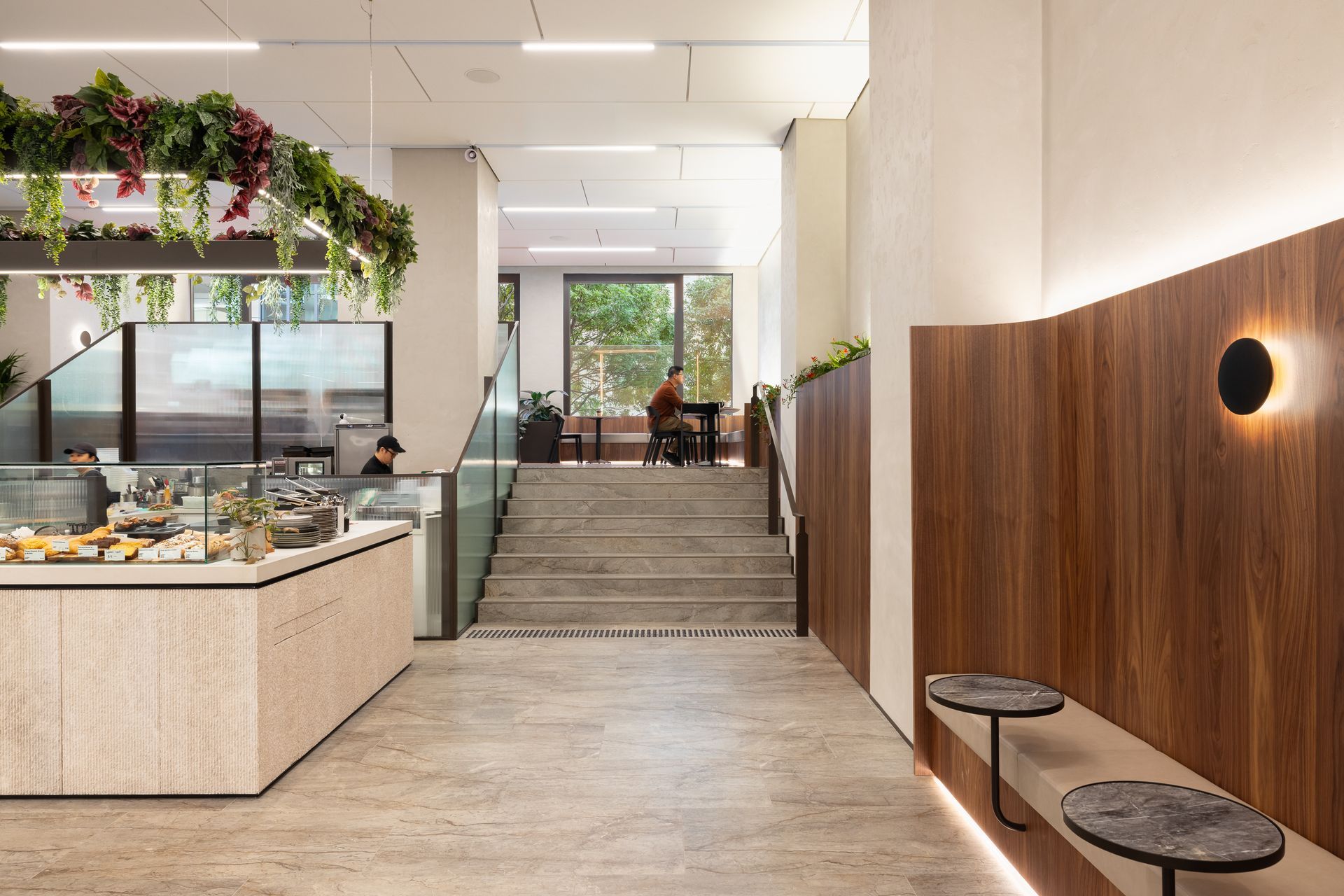




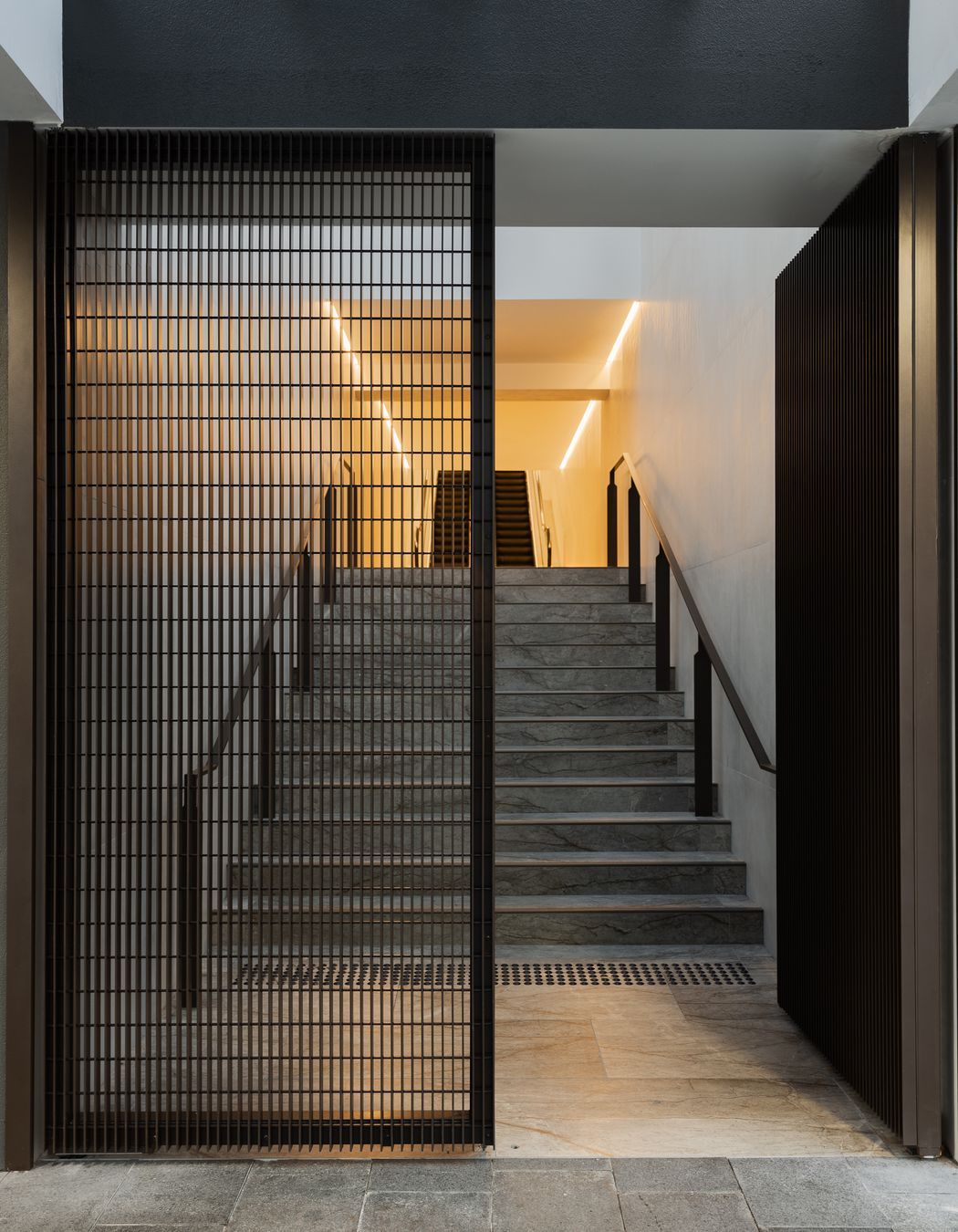

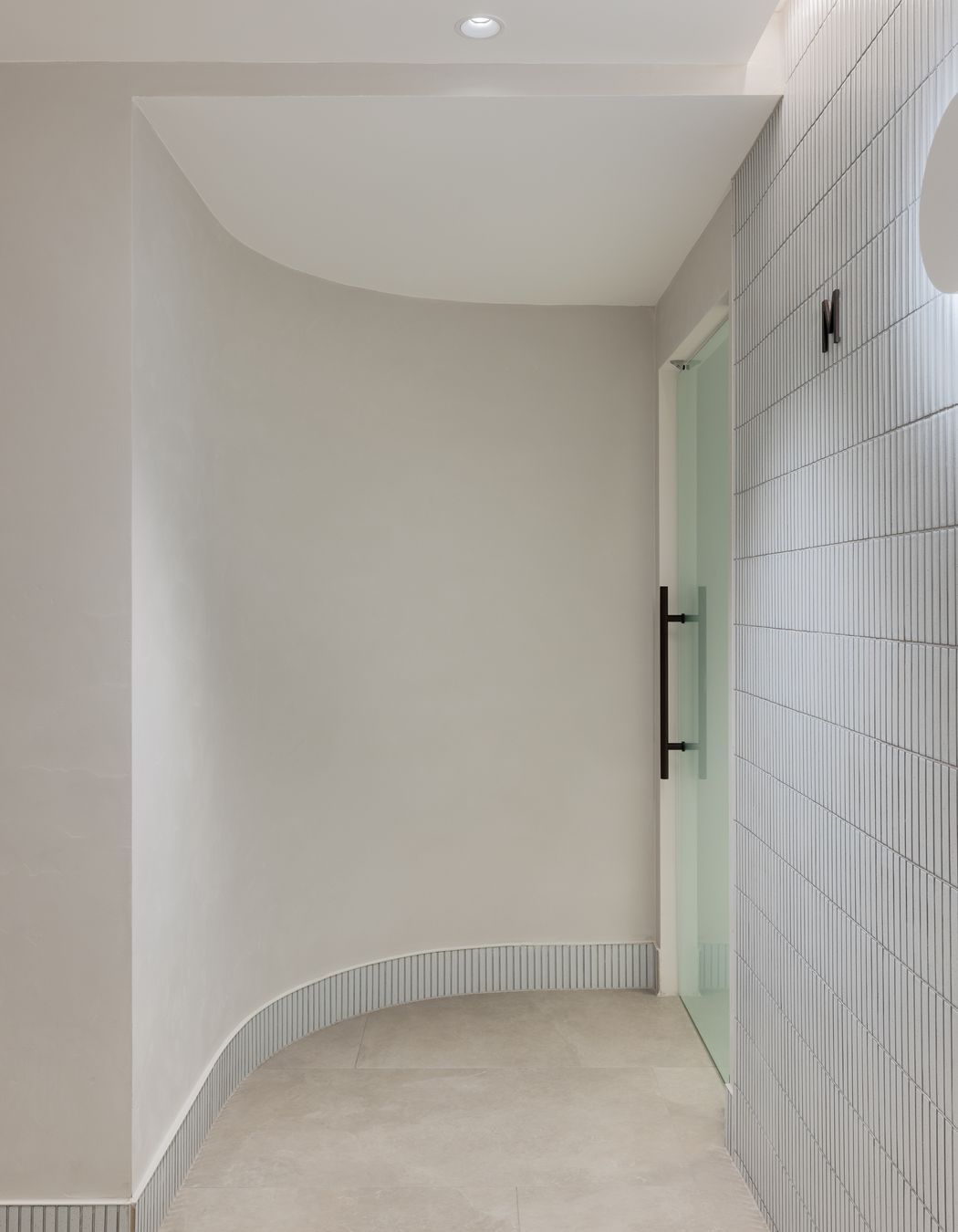

Views and Engagement
Products used
Professionals used

Cottee Parker. Cottee Parker transforms cities and shapes moments. Our Australasian practice has a global perspective, with architects, interior designers, digital engineers and visualisers balancing the commercial and the creative.
We value relationships and collaborations. This sentiment has grown up through the practice, when childhood friends and architects Geoff Parker and Rob Cottee founded the company in 1989. Today, their perspective has shaped the way our practice delivers projects and interacts with our industry.
As city shapers and experience makers, we are cognizant that good design is founded in commercial rigor, and it’s this reason that Cottee Parker is considered a trusted partner to realize our client’s ambitions throughout Australia and New Zealand.
Over the last few years, our hallmark projects include 34 Shortland Street in Auckland, Wanaka Central in Queenstown, West Side Place in Melbourne, The Ritz-Carlton at Elizabeth Quay in Perth and The Queen’s Wharf Integrated Resort Development in Brisbane.
Founded
2022
Established presence in the industry.
Projects Listed
9
A portfolio of work to explore.
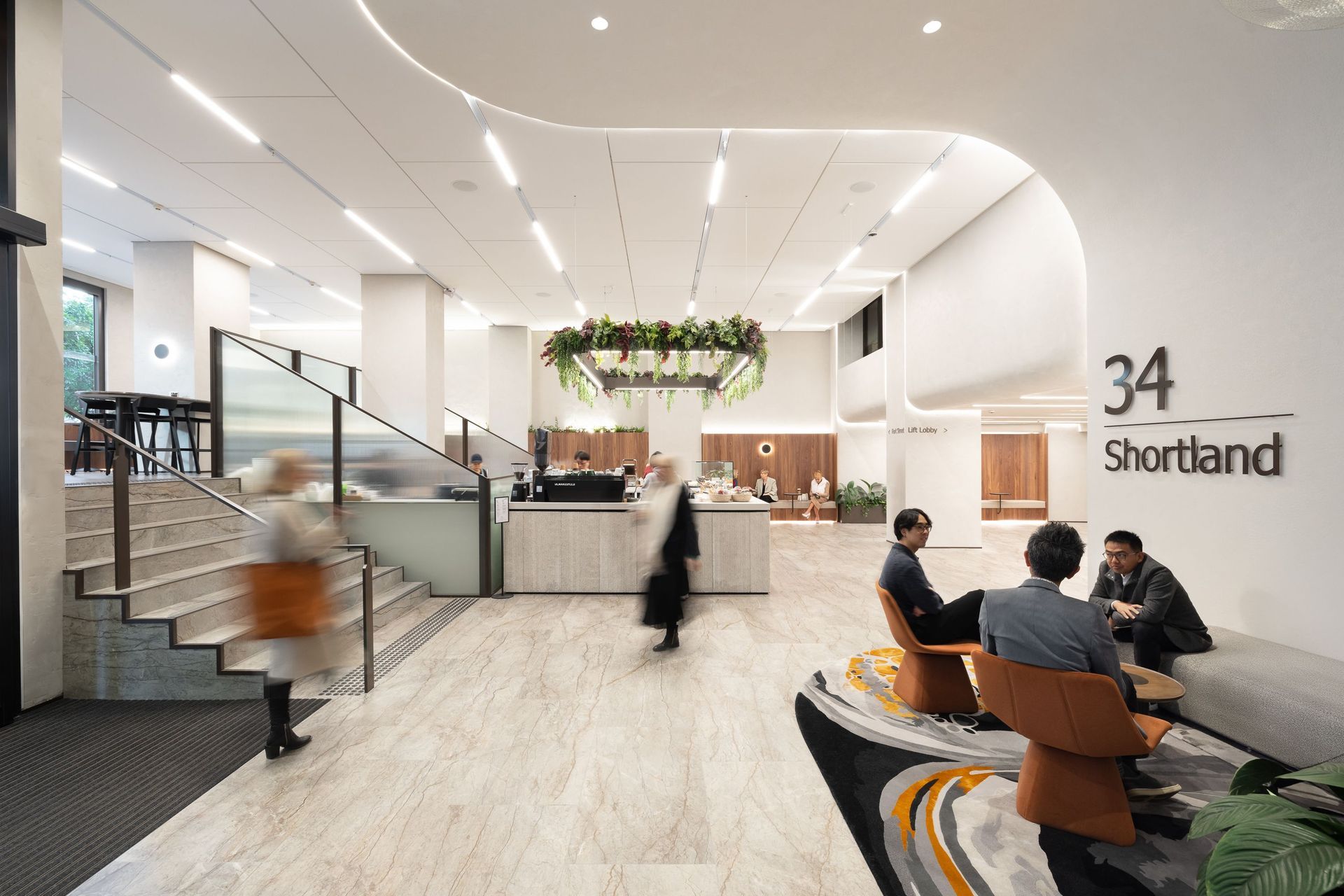
Cottee Parker.
Profile
Projects
Contact
Other People also viewed
Why ArchiPro?
No more endless searching -
Everything you need, all in one place.Real projects, real experts -
Work with vetted architects, designers, and suppliers.Designed for New Zealand -
Projects, products, and professionals that meet local standards.From inspiration to reality -
Find your style and connect with the experts behind it.Start your Project
Start you project with a free account to unlock features designed to help you simplify your building project.
Learn MoreBecome a Pro
Showcase your business on ArchiPro and join industry leading brands showcasing their products and expertise.
Learn More